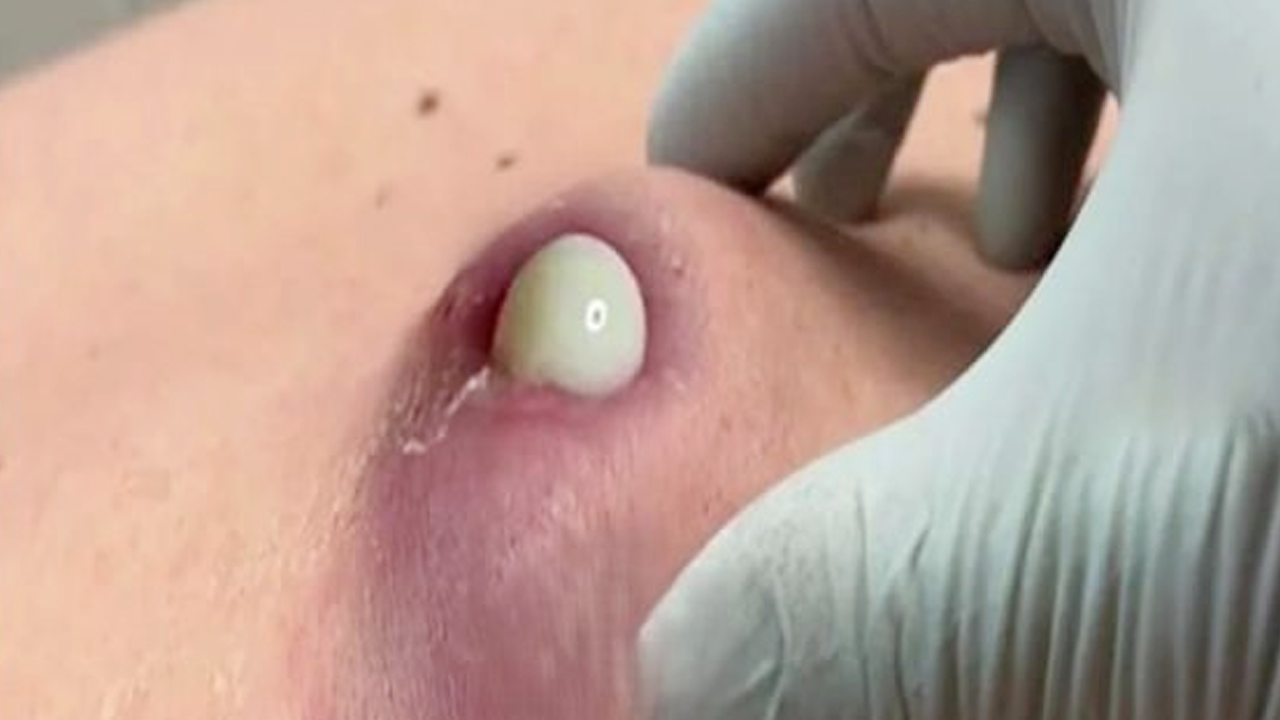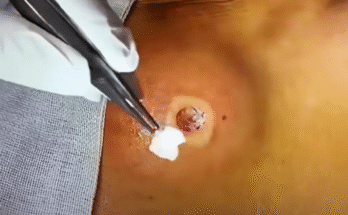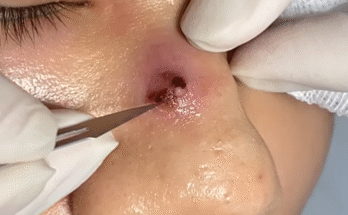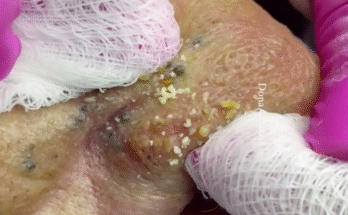Understanding Abscesses: A Comprehensive Guide
An abscess is a painful collection of pus that can develop virtually anywhere in or on your body. This pus, a mixture of dead white blood cells, bacteria, fluid, and tissue debris, signals your body’s valiant, yet unsuccessful, attempt to fight off an infection. The inflammatory response creates a walled-off pocket to contain the infection, resulting in the characteristic swelling and discomfort.
Types of Abscesses: Location Matters
Cutaneous Abscesses (Skin Abscesses)
Skin abscesses are the most common type and usually relatively easy to manage. They often present as red, swollen, and tender lumps, sometimes with a yellowish or whitish center indicating pus beneath the surface. Examples include:
- Armpit Abscesses: Frequently linked to conditions like hidradenitis suppurativa, characterized by recurring, inflamed bumps.
- Breast Abscesses: Often a complication of untreated breast infections.
- Anorectal Abscesses: Located around the anus or rectum, including perianal abscesses (around the anus) and ischiorectal abscesses (in the buttock crease).
Oral Abscesses
Abscesses in the mouth can affect the teeth, gums, and throat, potentially causing significant discomfort and complications. These include:
- Dental Abscesses: These form around a tooth, with various subtypes like gingival abscesses (gum abscesses) and periapical abscesses (at the tooth root).
- Tonsil Abscesses (Tonsillar Abscesses): A pocket of pus behind a tonsil, more prevalent in young adults.
- Peritonsillar Abscesses (Quinsy): Pus accumulates between the tonsils and the throat wall.
- Retropharyngeal Abscesses: These develop in the back of the throat, often stemming from infected lymph nodes.
Internal Abscesses
Internal abscesses, while less common than skin abscesses, are significantly more serious due to their difficulty in diagnosis and treatment. They can occur in various organs, including:
- Abdominal Abscesses: Pus accumulates within the abdomen, potentially near organs like the kidneys.
- Spinal Cord Abscesses: A serious condition resulting from spinal infection.
- Brain Abscesses: A rare but life-threatening condition, often caused by bacteria entering the brain from other infections.
Symptoms and Formation of Abscesses
Symptoms vary depending on the abscess’s location and severity. Skin abscesses are visibly noticeable, exhibiting redness, swelling, warmth, and tenderness. Oral abscesses may cause severe pain, jaw swelling, fever, and difficulty opening the mouth. Deeper abscesses often present with more general symptoms like pain, fever, chills, and loss of appetite.
Bacterial infections, most commonly caused by *Staphylococcus* bacteria, are the primary culprits behind abscess formation. The body’s immune response attempts to combat the infection, leading to inflammation, tissue damage, and the eventual formation of a pus-filled pocket.
Diagnosis and Testing
Diagnosing a skin abscess is typically straightforward through visual examination and assessment of symptoms. A sample of pus may be taken for bacterial identification to guide treatment. Internal abscesses require more advanced imaging techniques:
- Ultrasound: Uses sound waves to create real-time images of internal organs.
- CT Scan: Employs X-rays to produce cross-sectional images of the body.
- MRI: Uses magnets and radio waves for detailed images of organs and tissues.
Treatment and Management
Small, superficial abscesses might resolve on their own with warm compresses. However, attempting to drain an abscess at home is strongly discouraged due to the risk of spreading infection. Medical intervention is usually necessary, involving:
- Surgical Drainage: A small incision is made to drain the pus and remove debris. The wound is left open to continue draining.
- Antibiotics: May be prescribed to combat the infection.
- Needle Aspiration (for internal abscesses): A needle is guided into the abscess under imaging guidance to drain the pus.
- Drainage Catheter (for internal abscesses): A thin tube is inserted to allow continuous drainage.
Treatment for oral abscesses often involves surgical drainage by a dentist, potentially including root canals or tooth extractions.
Prevention and Outlook
Preventing skin abscesses involves maintaining good hygiene, avoiding skin injuries, and not sharing personal items like razors and toothbrushes. Preventing internal abscesses is more challenging as they are often complications of other conditions. The outlook for abscesses generally depends on their location, size, and promptness of treatment. Untreated abscesses can lead to severe complications and even death, particularly in the case of oral abscesses.
Abscess vs. Boil
A boil (furuncle) is a specific type of abscess forming around a hair follicle or sweat gland. Boils are generally smaller and closer to the skin’s surface than other skin abscesses, often appearing on the neck, chest, face, and buttocks. Boils in sensitive areas like the nose, ears, and fingers can be exceptionally painful.



